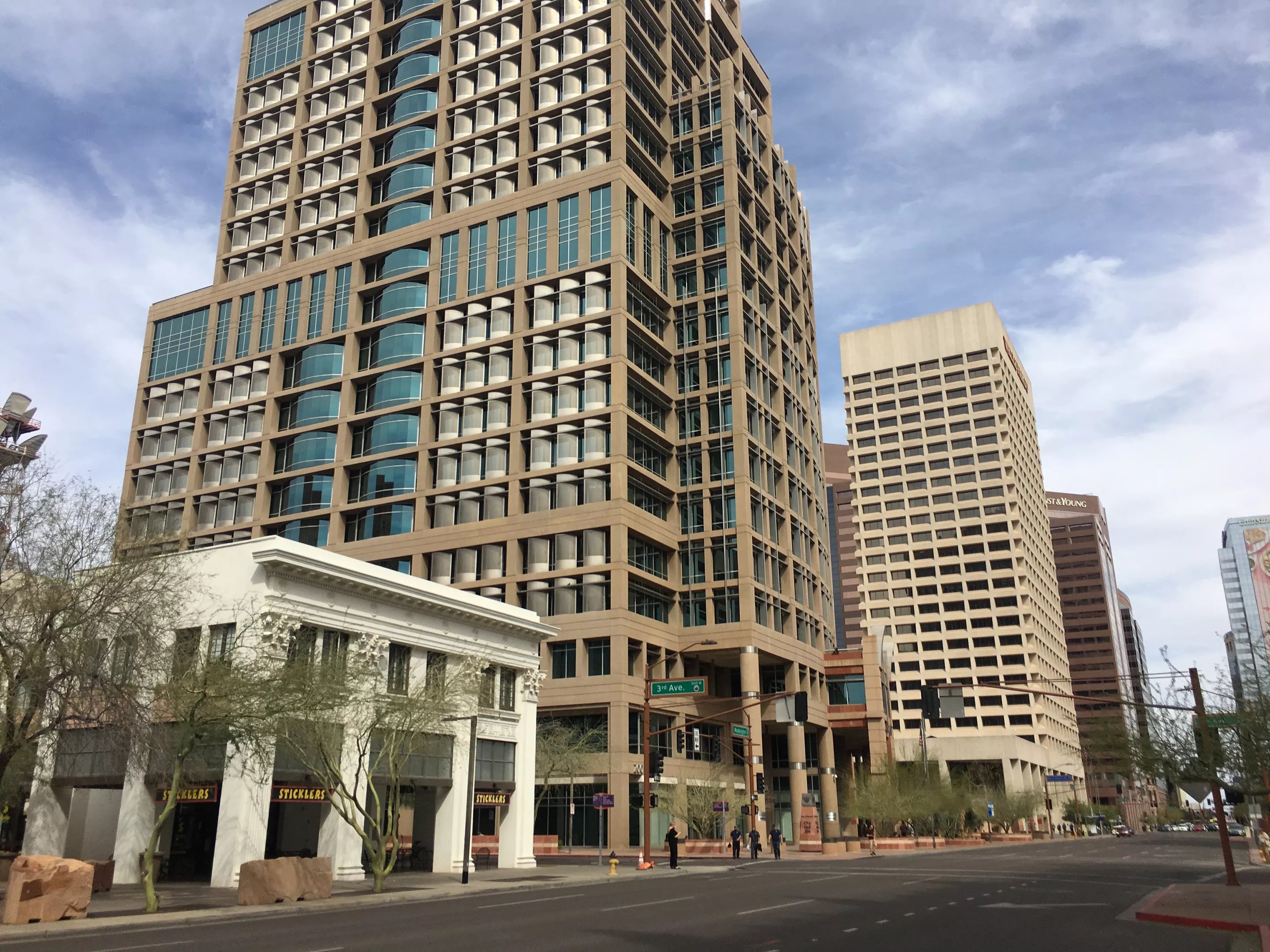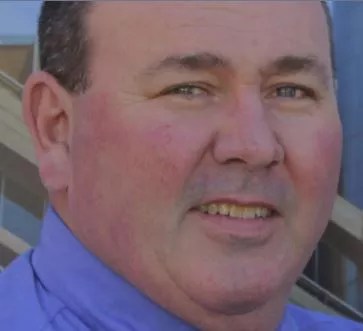
Elizabeth Whitman

Audio By Carbonatix
Phoenix’s Equal Opportunity Department is supposed to be an internal watchdog against discrimination, but it remains distrusted well over a year after an external review suggested changes to improve the department.
That review, completed in February 2018, found the department to be slow, understaffed, and lacking in public trust. Since then, the EOD has implemented several changes recommended in that review, but not all of them. Confidence in the department remains middling amid concerns that it is too closely tied to the people and the institution it is supposed to hold accountable.
“If someone said, ‘Here’s a very high-ranking employee in the organization who I want to make a claim against, I’d say, ‘Why don’t we not go to EOD?'” said Jason Stokes, the president of the Administrative, Professional, & Technical Employees Association (ASPTEA), which requested the investigation.
The city commissioned the review in May 2017, after ASPTEA raised concerns with City Manager Ed Zuercher. The City Attorney’s Office paid the law firm Squire Patton Boggs $22,000 for the review, spokesperson Julie Watters said.
Among those concerns were that EOD, which investigates claims of discrimination in Phoenix, tended to side with the city and managers instead of lower-level employees. It also faced claims that the EOD was biased against women or people of color, according to an undated memo summarizing the review, whose findings have not been previously reported.
“Who is [the EOD] there for? Is it there to protect the city? Is it there to protect the employees? Is it there to be a neutral, objective group to look at facts?” — Jason Stokes
Laura Lawless Robertson, an attorney and partner at Squire Patton Boggs, conducted the review. Her conclusions did not substantiate the claims of unfairness and bias but instead focused on organizational failings and the fact that the department has a “misperception” problem.
“EOD is stretched thin and has been for some time,” Robertson wrote in the memo. The community and labor leaders had lost trust in the EOD, she added, and the department’s disorderly way of handling and monitoring cases contributed to perceptions of favoritism and bias that further eroded faith in the department.
In most cases, it took well over six months to investigate reports, with 56.9 percent of investigations in 2016 still unresolved more than 200 days after a complaint was filed, she found. Robertson did not respond to an email and phone call from Phoenix New Times seeking comment for this story.
The review recommended that the city create better systems and procedures so that investigations were timely and consistent, that the city include the EOD in disciplinary processes that are overseen by human resource departments, and that it do more outreach so staff better understood what the EOD does.
It also recommended keeping the EOD “a neutral department by minimizing the perceived influence by the Law Department.” One of the recommendations to address that “perceived influence,” which the review said was “largely unsubstantiated,” was for the EOD to “retain an outside attorney to provide advice and counsel.”
From the way the city tells it, things are better now at the EOD.
According to the city’s implementation plan, it has finished addressing nearly all of those recommendations. It has created a complaint investigation and tracking system and put $10,000 into training for new investigators, and it has begun involving EOD Director Don Logan in disciplinary processes through human resources.
In addition, Watters said, the backlog of EOD cases has been reduced by 50 percent. She said the city did not have any concerns about the “misperceptions” noted in the review.
“With the improvements that have been implemented, such as more efficient turnarounds of investigations and adding more staff to EOD, employees are now seeing that cases are being responded to expeditiously,” Watters told New Times via email.
From the perspective of Stokes and ASPTEA, the original complainant, the EOD has gotten better in some respects, but it ignored the most important recommendation, which is that the EOD retain an outside attorney because of the perception that the Law Department had too much influence over EOD investigations.
“I don’t want to dismiss that they took some effort to make the situation better,” Stokes said. “They did. But those were the low-hanging fruit, those were the easy ones.”

Jason Stokes, president of the Administrative, Professional, & Technical Employees Association
asptea.com
Stokes said that ASPTEA members still believe that the city’s own lawyers take part in EOD investigations. He considered that involvement to be a serious conflict of interest, because those same attorneys would represent the city if a complainant to the EOD later filed a lawsuit.
“If they’re conducting an investigation, that should be separate from any future litigation that could come out of that. The investigation should stand on its own,” Stokes said. Asked for evidence that city lawyers were involved in EOD investigations, Stokes said he couldn’t present any but that the claim stemmed from his observations over time.
“Who is [the EOD] there for? Is it there to protect the city? Is it there to protect the employees? Is it there to be a neutral, objective group to look at facts?” he wanted to know.
The city’s response to the suggestion that it retain outside counsel pivoted back to the law department, ironically. Per its implementation plan: “Efforts will be made to work with the Law Department in brokering strategies to minimize the ‘perceived influence’ by the Law Department.”
Watters confirmed that the EOD has no plans to hire an outside attorney.
Another source of distrust, the memo noted, is that the EOD finds cause with just 1 to 2 percent of complaints.
“Many employees perceive that the EOD should find cause in many more instances, and that the perceived low cause-finding ratio suggests bias in favor of the City,” it said. It then compared those outcomes with the federal Equal Employment Opportunity Commission, which finds cause with about 3.5 percent of charges.
The city’s implementation plan described those numbers as “consistent.”
Stokes disagreed. “The way I read it was, ‘We’re kind of consistent with the EEOC,'” he said, but “there’s a big difference between 1 to 2 percent and 3.5 percent.”
Recently, the EOD finished investigations into claims of sexual harassment that included an employee being hit in the face with a sex toy, and discrimination and retaliation by a now ex-assistant director of the Water Services Department.
Data from the city of Phoenix obtained via public records request show that the number of EOD complaints has risen in the past three years. In 2011, 65 complaints across all city departments were filed with the EOD – just under the annual average from 2011 through 2015. In 2016, complaints surged to 118, then 194 the next year, and 200 in 2018.
According to the city’s implementation plan, the increase in recent years is a positive development, because it “affirm[s] employee confidence to file their complaints internally with EOD, rather than externally.”